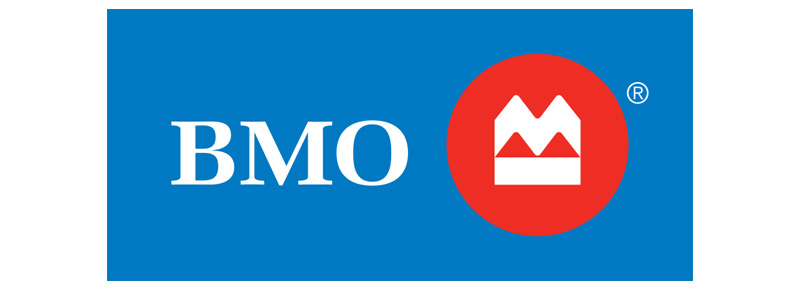Tips for planning your martech stack: A practical approach
The martech industry continues to experience ongoing momentum and now accounts for 26 per cent of total marketing budgets, according to Gartner’s State of Marketing Budgets 2021 report. Numerous business experts emphasize the strategic importance of building a “technology endowment” of integrated tech run by specialists, scientists and architects. So, where should companies focus in 2022?
Marketing doesn’t need to be complicated and it’s important to always keep the business outcomes in mind. Patrick McQuaid, VP, Marketing Technology, Analytics and Insights at TD Bank Group, is a proponent of creating one martech planning framework that explains what martech does for your organization and aligns with your business model. In a recent CMA article, McQuaid suggests to “anchor your conversations and build understanding” to rally your stakeholders. McQuaid socialized a CDP framework at all levels of his organization to achieve alignment with regard to expectations and understanding. McQuaid strongly believes that the “role of the martech professional is to bring all the stakeholders together.”
Common challenges with tech
Companies today license and use more than 50 different pieces of marketing technology in their tech stacks, which can be a lot to manage. Since there are thousands of options to choose from, it can be time consuming and confusing. In the HBR article, “Don’t Buy the Wrong Marketing Tech” authors Carl F. Mela and Brian Cooper warn executives to beware of “shiny new object syndrome” because this often leads to underutilized tools that are applied narrowly. Data hoarding is another example of ineffective internal behaviour in which companies unnecessarily gather and retain data for the future, generating little value to the organization.
Today’s modern marketing leaders move at a faster pace than their competitors and are disciplined in agile business methodologies. They are expected to execute 24/7 using the five digital dynamics of speed, adaptability, adjacency, scale and precision. Enabling the optimal technology stack and connecting it to the right data is critical.
Strategy and planning approach
Buying technology should not be an ad-hoc purchase. Technology is a strategic decision and has long term implications on human and financial capital. Technology decisions need to be made via a top-down approach and be aligned with the overall business strategy and operating components, including marketing, sales, operations, customer service, etc. A good strategy should be understandable, sustainable and follow a methodology that fits with the organization and its culture. Successful leaders garner executive support to champion the new model, and spend lots of time seeding the framework throughout the organization, while constantly reinforcing the model.
Further considerations
The overall consensus from the CMA’s Martech Council is that martech is a team sport and there are many different company stakeholders including the CIO, IT, marketing, and of course, the CFO.
Introducing a methodology or framework puts some guardrails on the planning process and should short circuit ad-hoc purchases of unneeded tech.
A customer-centric and marketing driven model can take an organization to the next level and provide a strong competitive advantage.
But before any technology is finalized, double check that the business case for the tech stack makes sense. The HBR article notes that ideally, managers should answer two critical questions: “Will the data or answers we get from the technologies actually alter the decisions we make? And if so, will the benefits be greater than the cost of implementing the technologies?”
Before purchasing any new martech, TD Bank Group’s McQuaid also suggests that the marketing team do a “bottom-up check, and review a few of the most important use cases to ensure expectations can stand up to scrutiny.”
In conclusion, it is always good to remember the adage: “Strategy comes before structure.” Think before you buy and make sure the juice is worth the squeeze.
Authors:
Geoff Linton, President, Tekside.io
Michael Annett, Industry Head, Financial Services, Introhive
Patrick McQuaid, VP, Marketing Technology, Analytics and Insights, TD Bank Group



































